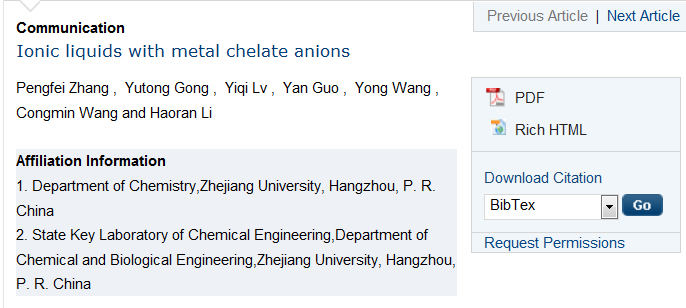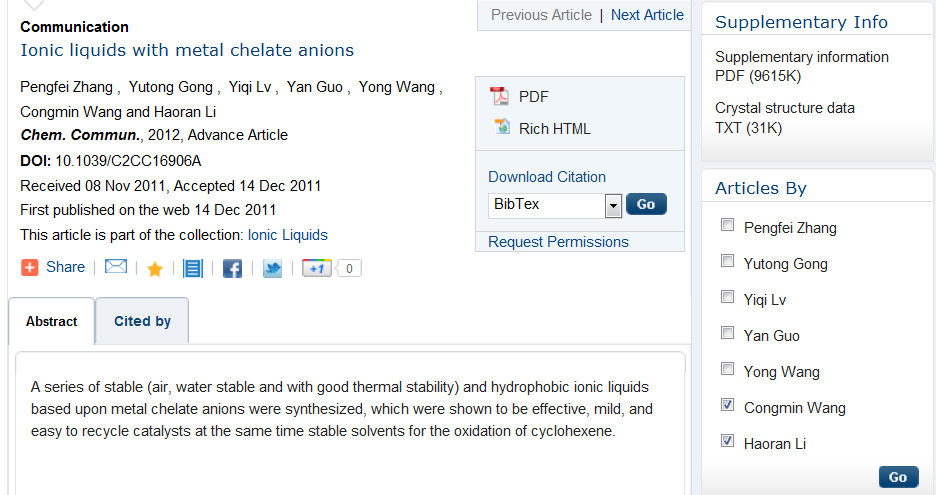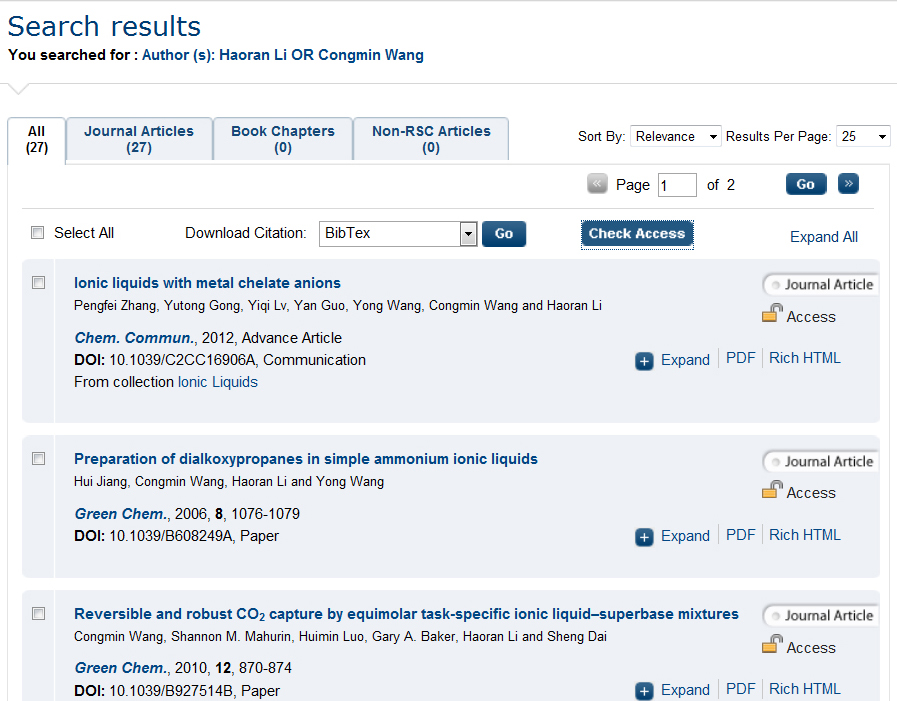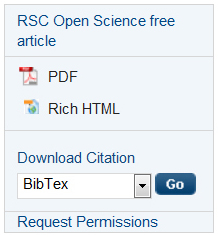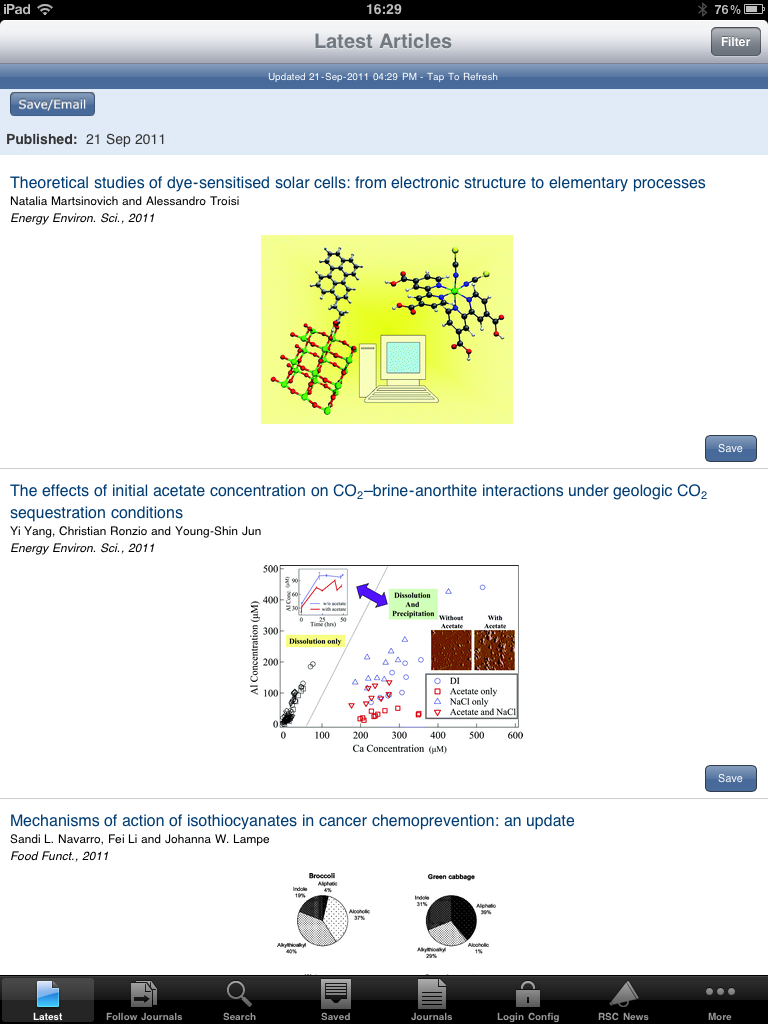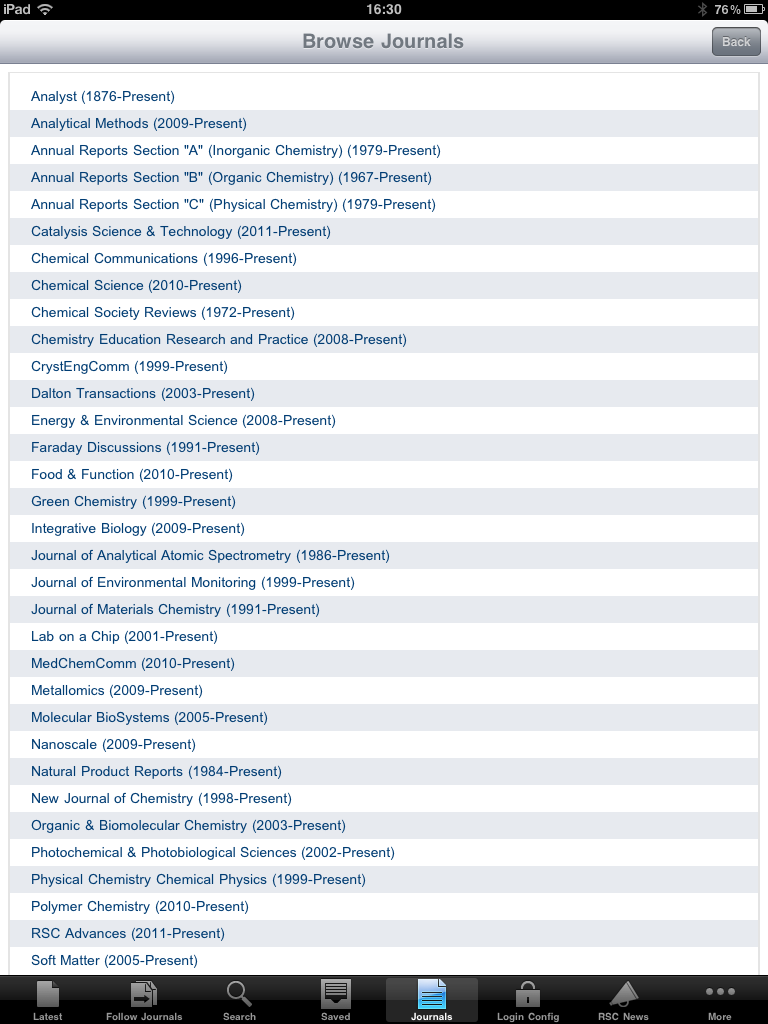The functionality of electronic lab notebooks (ELNs) and that of ChemSpider overlap to a certain extent – both store chemical information including structures, data, spectra and reactions. However, the focus of most ELNs is to manage, track and audit that data, and that of ChemSpider is to publish and disseminate it to the world. We have been considering how best to use this complementary functionality to integrate an ELN with ChemSpider.
At the meeting “The Smart Laboratory: Towards a national ELN” meeting (organised as part of the Dial-a-Molecule EPSRC Grand Challenge) in August this year, the seeds were sown to do this. Cambridge University has the first Chemistry department in the UK to roll out a department-wide Electronic Lab notebook system, and the software that they’re using is IDBS’s E-WorkBook Suite. In collaboration with IDBS and Cambridge’s Chemistry department, we at ChemSpider have made a plug-in which could both dynamically retrieve information from ChemSpider into their ELN, and publish to it the other way. The Chemistry department at Cambridge (Dr Tim Dickens, Dr Brian Brooks, Prof Bobby Glenn and Prof Steven Ley) have been very helpful in granting access to their ELN to write the plug-in, and will be its first users, but the results will be freely available for any existing IDBS E-WorkBook suite user.
About the extension Prof Bobby Glenn has said: “Much of Chemistry is lost, it is simply not published and languishes in forgotten lab notebooks. Capturing novel molecules soon after synthesis on a searchable database like Chemspider is now an effortless process directly from the ELN, which will greatly encourage sharing of compounds, synthetic methods and all the associated data. It’s instant messaging for chemists”. Antony Williams (Vice-President of Strategic Development of ChemSpider) added “The ability to now publish compound data from the IDBS ELN directly to ChemSpider offers a path to direct exposure of novel chemistry as well as the chemist doing the work. This public compound registration capability is the first move towards ultimately exposing synthetic methods and associated experimental data to the community. Our vision is coming to fruition through this collaboration.”
To view the plug-in in action please view the demonstration movie of ChemSpider E-WorkBook Suite Plugin.

Compounds can be published to ChemSpider if they have been drawn out in full in an experiment – whether this is as an individual structure or part of a reaction, and whether they are simply uploaded into the experiment as a reaction file, or included in for example a spreadsheet item. Likewise, compound structures can be automatically loaded into a search of ChemSpider if you would like to find out more information about compounds that have been drawn out in full in an experiment, or if you have published a compound to ChemSpider and wish to see the resulting compound pages. The resulting compound pages in ChemSpider will have the data source “IDBS E-WorkBook Suite”. The external ID will show the ID of the experiment from which the structures are from, and the depositor details as defined in the ChemSpider Settings of the ELN.
The ChemSpider IDBS E-WorkBook Suite plug-in is freely available to customers of IDBS E-WorkBook Suite by downloading it from IDBS, and copying it the appropriate place in their IDBS E-WorkBook Suite program files. It is compatible with E-WorkBook Suite versions 9.0 and 9.1.
This plug-in is an initial proof-of-concept to demonstrate that we can pass compound information between ChemSpider and an ELN in both directions. Future versions will allow more of the information within an experiment to be published to ChemSpider – for example to allow reactions along with a description of their methods to be published to ChemSpider SyntheticPages, or to deposit spectra along with compounds to ChemSpider. We would also like to integrate other ELNs with ChemSpider.
Comments Off on ChemSpider plugin for IDBS ELN
